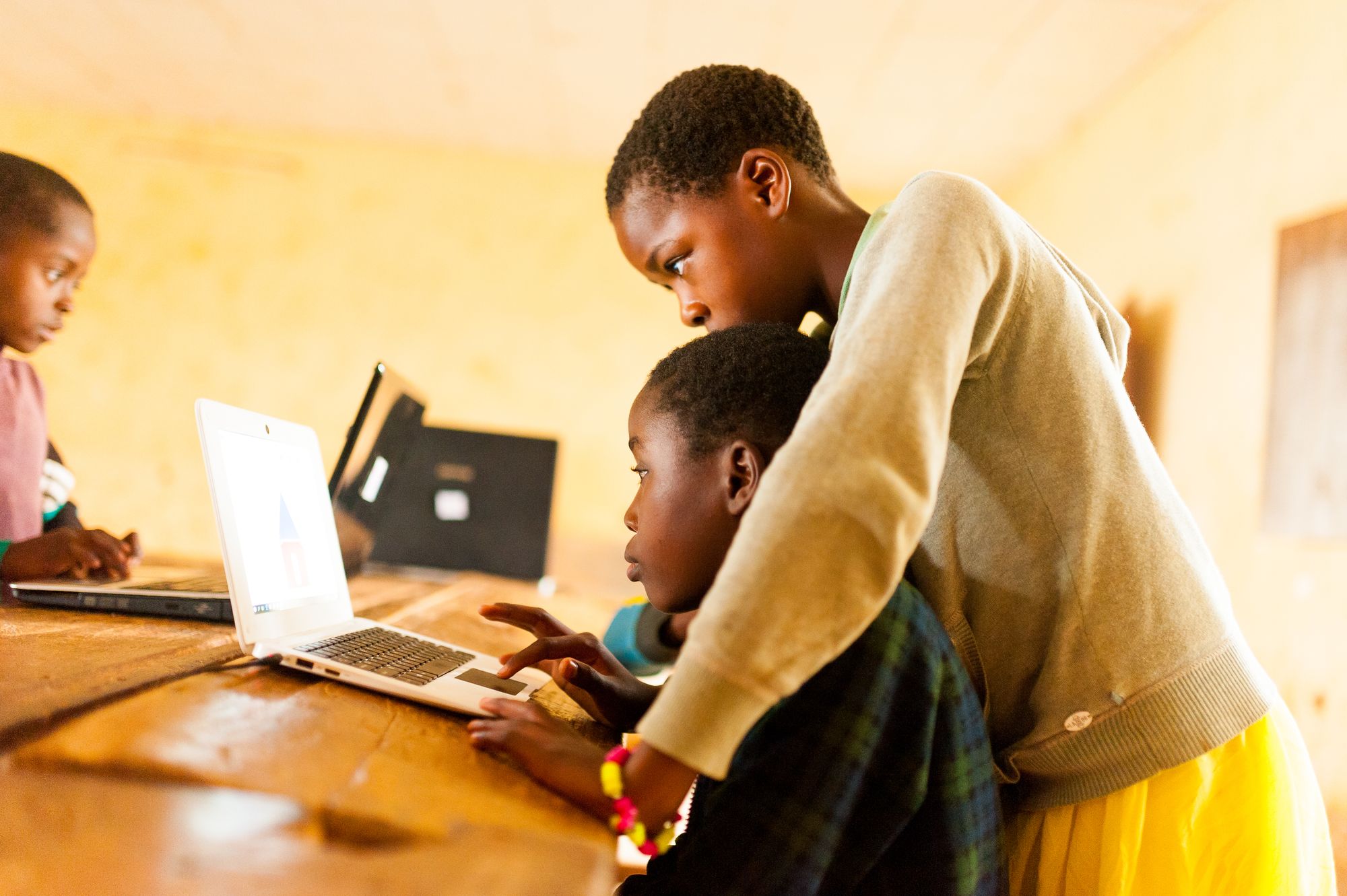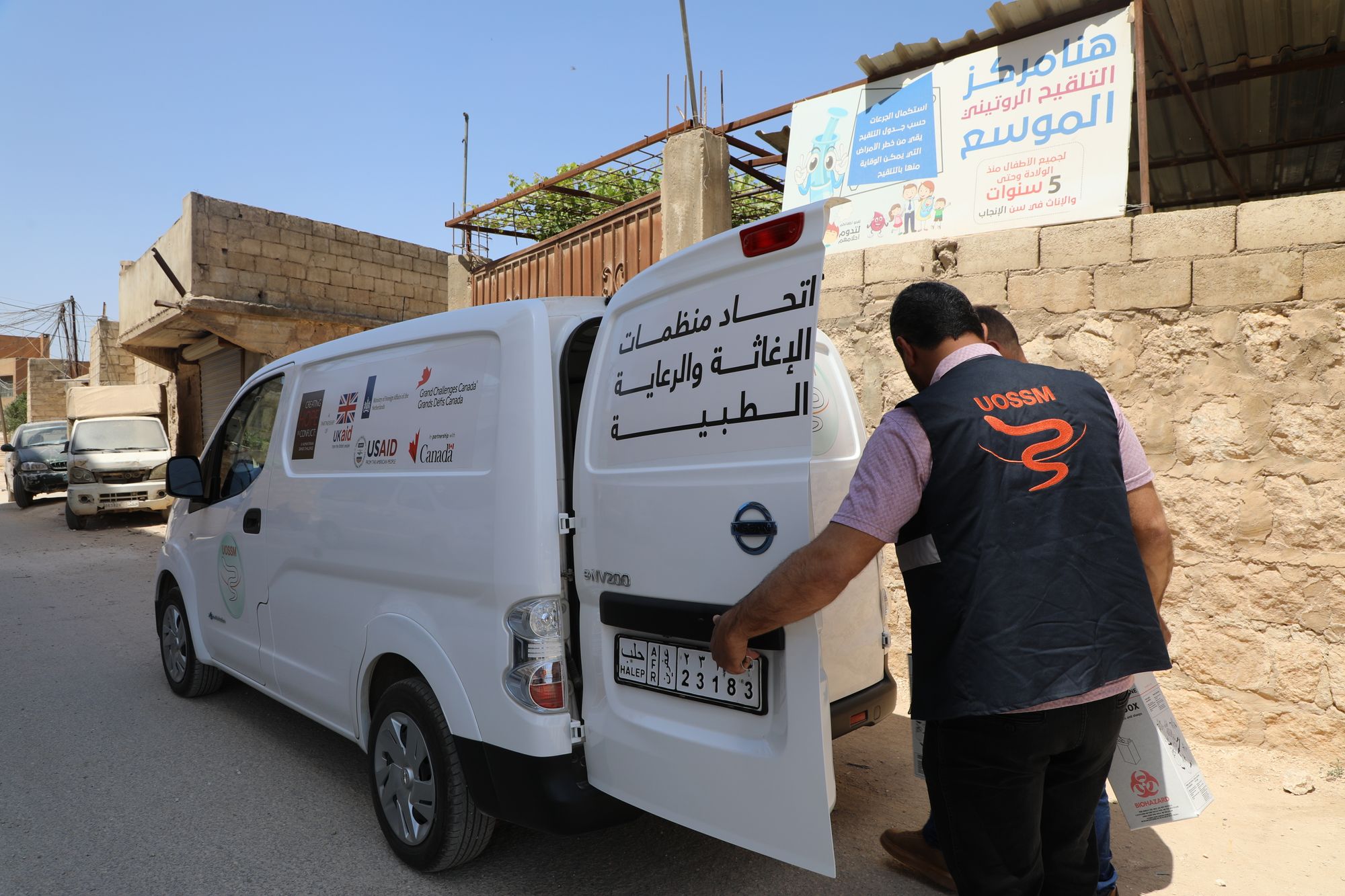What we do
Brink exists to make dents in the world.
To do that, we apply our framework of behavioural innovation.
We use a different mix of skills and expertise for every project. Our practices help us shape each dent differently:

Open Innovation
Research & development with people close to the challenge
We know the best insights and ideas come from those closest to the issues.
Brink has proven approaches for capturing and supercharging ideas through competitions, challenges and venturing support. We work with governments, donors and philanthropic orgs to design and run funds to invest in these ideas, unearth deep insight and create spaces for learning.

Innovation Carve-outs
Creating space for innovation to be freely pursued
Across Brink’s work with FCDO, city mayors, the World Bank and everything in between, we’ve heard the same thing time and again: “it’s easier to sign off £50m than £50k”.
We design programmes and funds to address this challenge, by creating a space for innovation to be freely pursued. Typically this is a small grant and technical assistance to investigate, test and prove (or not!) the validity of an idea in order to catalyse change in the bigger system.

Innovation Missions
Moving systems forward through collective missions
Moving systems forward requires cross-sector collaboration, bold goals and a participatory approach across the board.
Brink’s CoLabs are a proven approach for doing all of that and working in continuous loops of collective visioning (the co) and rigorous testing (the lab) to keep our progress and impact grounded in the real world.



